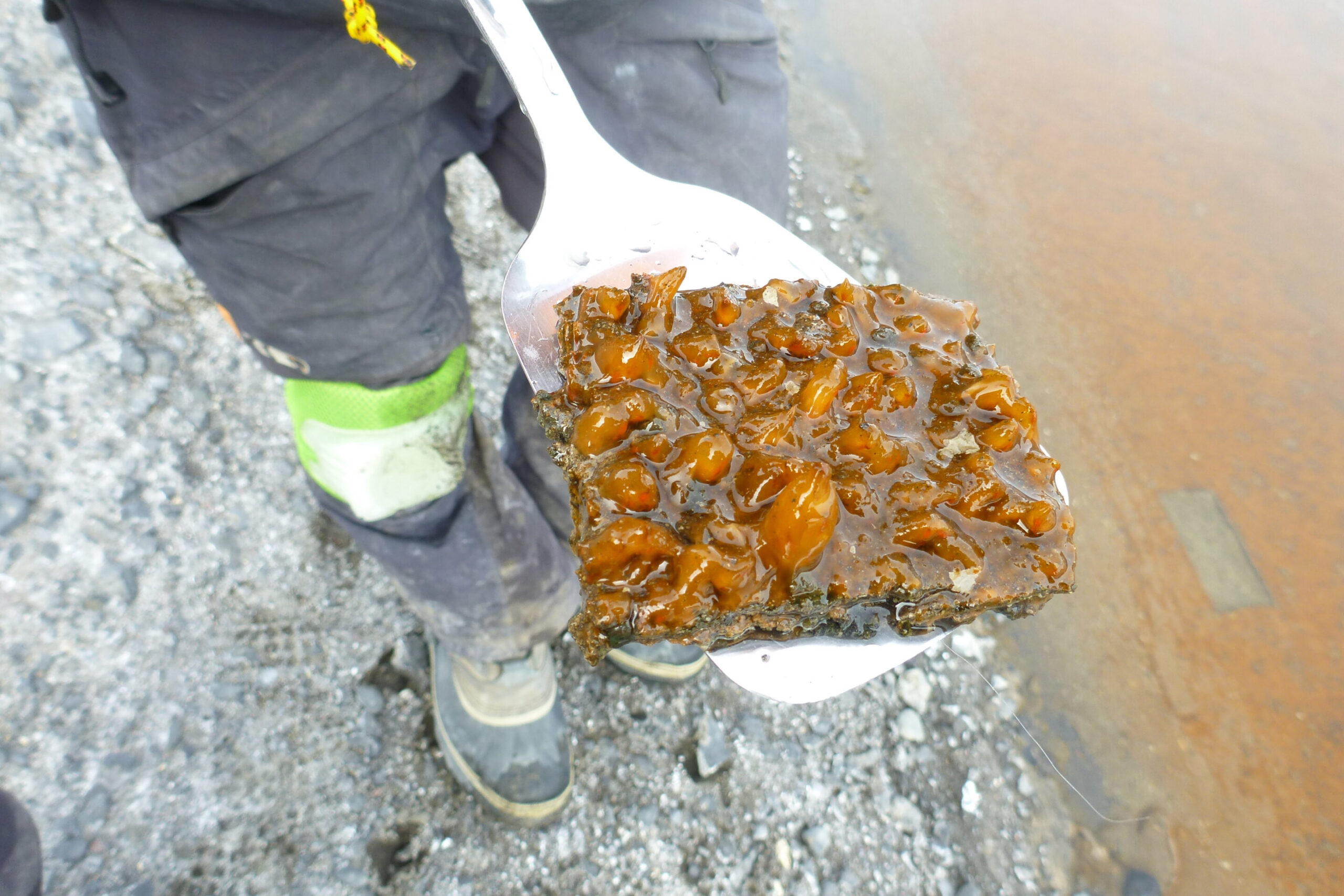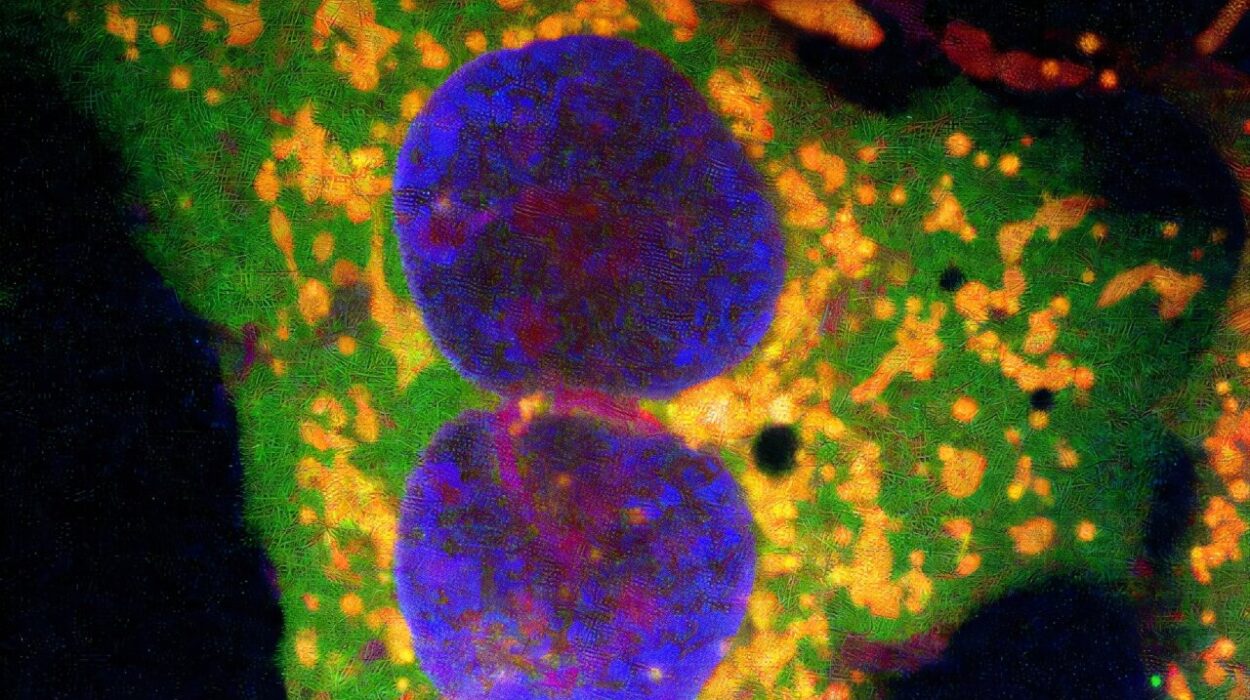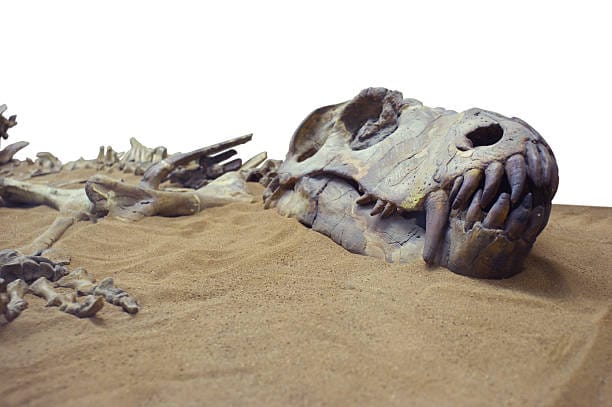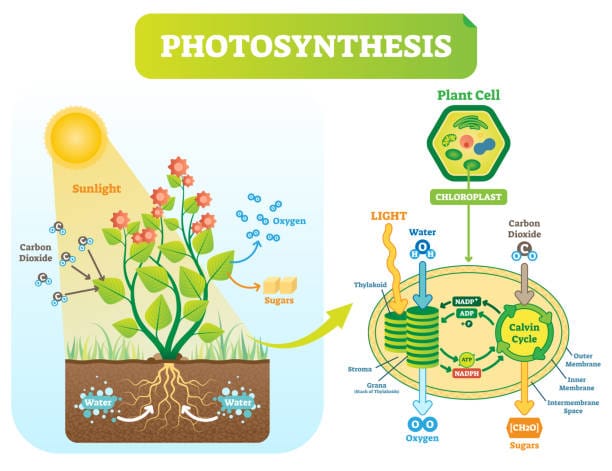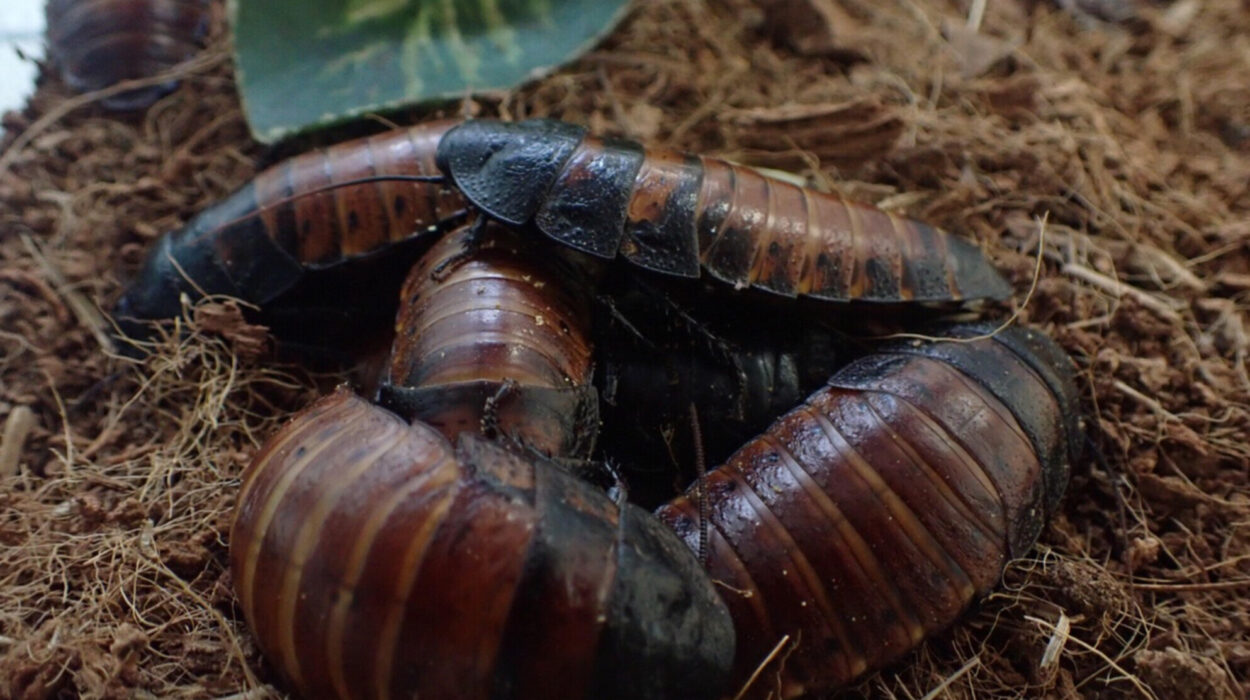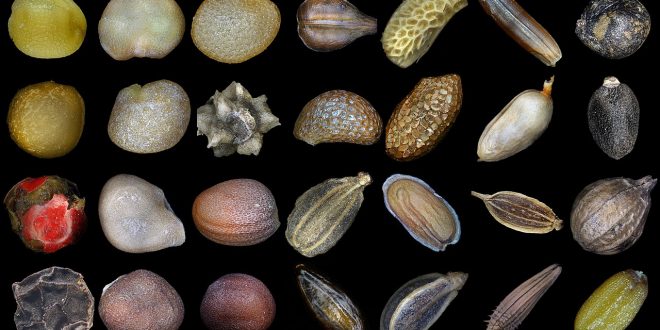Roughly 700 million years ago, Earth became a world locked in ice. Oceans froze, continents vanished beneath glaciers, and global temperatures plummeted to -50°C. The planet, encased in a relentless frost, seemed inhospitable to even the hardiest life forms.
And yet, somehow, life endured.
Now, a new study led by MIT researchers offers a striking answer to one of science’s most chilling mysteries: where did life hide when Earth became a snowball?
Published in Nature Communications, the study suggests that shallow meltwater ponds—tiny oases scattered across the icy surface—may have provided crucial refuge for early eukaryotes, the complex cellular ancestors of all multicellular life. These ancient pools, sustained by trapped sediments and the faint warmth of the sun, might have harbored some of the most important survivors in evolutionary history.
A Cold Case Reopened
The Snowball Earth theory refers to two dramatic global glaciations during the Cryogenian Period, between 635 and 720 million years ago. During this time, Earth was almost entirely frozen from pole to equator. For decades, scientists have puzzled over how life, especially complex life like eukaryotes, could have survived such extreme conditions.
Fatima Husain, lead author of the study and a graduate student in MIT’s Department of Earth, Atmospheric and Planetary Sciences, set out with her team to explore one of the most overlooked possibilities: that life didn’t just endure below ice or near hydrothermal vents—but also on top of the ice itself, in scattered meltwater ponds warmed just enough to stave off extinction.
“These are places where life could cling on,” Husain said. “It’s really a story of resilience.”
Modern Clues in an Ancient Landscape
To test their hypothesis, the researchers turned to one of the few places on Earth that still mirrors ancient Snowball Earth conditions: Antarctica. Specifically, they traveled to the McMurdo Ice Shelf, a place so cold and remote that early 20th-century explorers once called it “dirty ice.”
Beneath the Antarctic sun, small meltwater ponds form along the margins of this ice shelf. Though only a few feet deep and a few meters wide, these ponds hold clues to what ancient life might have looked like in a frozen world. The team collected samples from a variety of these pools—each one slightly different in its temperature, salinity, and sediment content.
Beneath the surface of the ponds, they found thick microbial mats—sticky, layered communities of microbes, including cyanobacteria. But more importantly, they found clear evidence of eukaryotic life.
“No two ponds were alike,” Husain said. “There are repeating casts of characters, but they’re present in different abundances.”
The ponds contained eukaryotic organisms from all the major groups: algae, protists, and even tiny animals. This diversity suggested that these environments could support not only survival but ecological variety—an essential prerequisite for evolution and eventual complexity.
Sheltering in the Sun’s Shadow
So how did these meltwater ponds form in a place that should have been too cold for liquid water?
The answer lies in dust and debris—dark sediments that accumulated on the surface of the ice. As these particles absorbed sunlight, they caused small patches of ice to melt. Over time, these patches grew into ponds, while nearby clean ice continued to reflect sunlight and stay frozen.
It’s a subtle process, but one that could have played out across vast regions of the equatorial ice belt during Snowball Earth. The presence of brackish or salty water—similar to that found in some Antarctic ponds—would also have helped lower the freezing point and sustain liquid water longer.
“These meltwater ponds may have been small,” Husain said, “but they were stable, recurring, and widespread enough to host real ecosystems.”
Detecting the Ghosts of Life
To determine whether these ponds could have hosted ancient eukaryotes, the team didn’t rely on fossils alone. Instead, they examined biochemical fingerprints—specifically, sterols (lipids made by eukaryotic cells) and ribosomal RNA (genetic material essential to all life).
The results were definitive: the meltwater ponds contained both. Not just trace amounts, but rich, diverse communities—each pond a microcosm of survival, each microbial mat a layered memory of life persisting against all odds.
Sterol profiles pointed to algae and protists. RNA sequences echoed those of modern microscopic animals. These weren’t the ancestors of life. They were its survivors, still thriving in a world much like the one that nearly ended them.
Rethinking the Cradle of Complexity
For decades, scientists have speculated that life during Snowball Earth survived in deep ocean vents or beneath thick glacial ice. Those ideas still hold merit. But this new study adds an entirely new possibility—one grounded in observable, modern environments.
“We’re interested in understanding the foundations of complex life on Earth,” Husain said. “We see evidence for eukaryotes before and after the Cryogenian, but not much from during. This helps fill that gap.”
More importantly, the research reframes how we think about what it takes for life to survive. It doesn’t always require warmth, abundance, or even stability. Sometimes, all life needs is a sliver of sunlight, a few feet of meltwater, and a place to hide until the world changes.
The Legacy of a Pond
When the ice eventually receded and Earth began to thaw, these meltwater ponds may have been the launching pads for a resurgence of complexity. The eukaryotes that survived would later diversify, leading to plants, animals, fungi—and eventually humans.
“The eukaryotes in these ponds are the descendants of the ones that survived Snowball Earth,” Husain said. “Without them, complex life as we know it might never have happened.”
In that light, these tiny Antarctic ponds—quiet, cold, and unassuming—are more than scientific curiosities. They are echoes of the Earth’s most crucial shelters. Places where life, battered and diminished, found a way to hold on.
A Planet That Refuses to Quit
The story of Snowball Earth is not one of desolation. It is one of endurance.
In a world frozen almost solid, life didn’t just persist—it adapted. It found warmth in dust, shelter in ponds, and diversity in places no one thought to look. And as we face new planetary challenges—rising seas, warming temperatures, and mass extinctions—this ancient resilience offers a powerful reminder:
Life is stubborn. Life is creative. Life finds a way.
Even when the world turns to ice.
Reference: Biosignatures of Diverse Eukaryotic Life from a Snowball Earth Analogue Environment in Antarctica, Nature Communications (2025). DOI: 10.1038/s41467-025-60713-5
